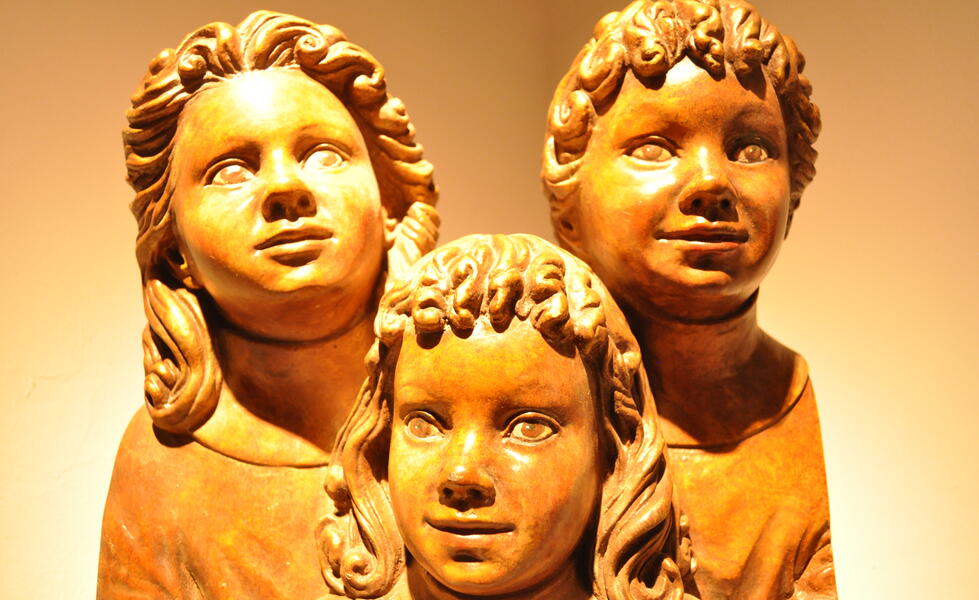Eugenio Zanetti
Cabildo Histórico, Córdoba
There was a time when the relatively small city of Córdoba was a great capital of American art and culture. The 1960s shook the planet, and in the central region of Argentina, this could be perceived in the streets.

The 1962, 1964 and 1966 IKA/Kaiser biennials must be the best proof of this, in terms of rallying artists, citizens and political and economic power committed with the future.
This was the breeding ground for the artistic training of Eugenio Zanetti, (Argentina, 1946), a successful filmmaker who has recently directed Amapola (2014), but boasts among his distinctions an Oscar for the art direction of Restoration (1995), accomplishments which have forced him to live in Hollywood and discontinue his bonds with his native city.
His works in the field of visual art have always been paintings sought after by collectors all along the spine of the American Continent, from Buenos Aires to New York, and in fact they are being shown simultaneously with the exhibition which is the subject of this review, at the Genaro Pérez Municipal Museum.
But the exhibition Más allá de los sueños (Beyond Dreams) has been committedly and oneirically curated by Luz Novillo Corvalán, who without overshadowing the author, has succeeded in recreating an immersive filmic feeling in each of the halls of the old Cabildo (town hall), recently transformed into one of the central venues for the art of Cordoba.
Nobody better than this chronicler to inform about the way in which pensioners, homeless people, art theoreticians, tourists, connoisseurs and students uninterruptedly plunge into the fantasy spaces that Zanetti’s eye conceived and that materialized to the surprise of many. To walk by an old historical building, climb the stairs to the first floor, enter into a movie and step on the dry leaves of scenes found only in fiction is, in itself, a movie. Those who follow this script will encounter photographs, drawings, and installations which do not constitute the habitual film “backstage”, but rather a living filmmaking in permanent dialogue.
As a title, Más allá de los sueños is not a poetic license but a certainty that the artist, the staging, the curator, and even the exhibition space itself contribute to crystallize.
With a gigantic incense burner welcoming us to the exhibition rooms, a Vatican-like exhibition case, and fragments of films whose leading characters come to life, the show seems to invite us to visit a shining mind.
Leaving the Cabildo to visit the artist’s other exhibition, El teatro del mundo (The theater of the World), will imply accepting a sad reality: Córdoba has been undergoing a process of involution for the past 40 or 50 years, and let us hope that this well-deserved tribute to one of the illustrious sons of the city (Córdoba named him a “Distinguished Citizen” on an ad hoc occasion) may serve to point to the futurist past of the 1960s as a still unfulfilled promise.








